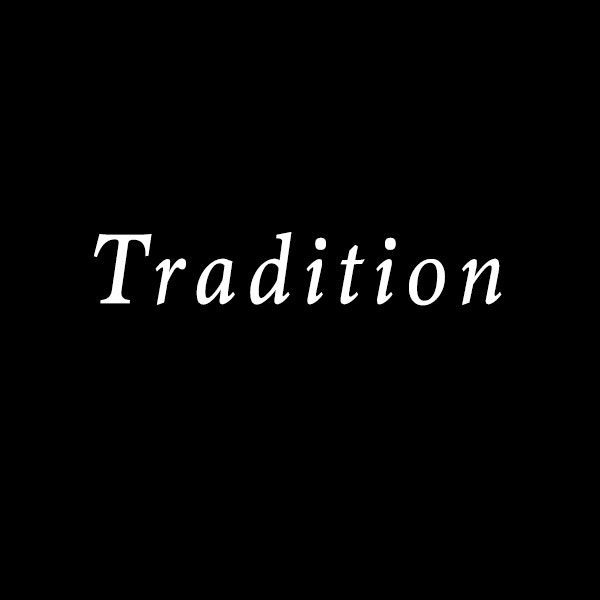Tradition is a multifaceted tapestry, woven through the ages with the vibrant threads of culture, customs, and collective memory. It serves as both an anchor and a sail, grounding societies in their histories while propelling them toward the future. This intricate interplay between the past and present conjures a rich narrative, steeped in authenticity and nuanced meaning, that captivates the human experience.
One might liken tradition to a colossal tree, its roots deep and entrenched in fertile soil. This soil represents the collective experiences of generations, each layer infused with stories, wisdom, and values that have been transmitted through rituals, practices, and shared knowledge. The trunk symbolizes the enduring structure of cultural norms and societal expectations—the essence of who we are. Branches extend outward, representing the diversity of expressions and adaptations that evolve over time as society encounters new challenges and opportunities.
Indeed, just as a tree adapts to environmental shifts, so too does tradition. While some may lament the erosion of long-held practices, one must recognize the organic nature of culture; traditions are not static but rather dynamic entities, adapting to the whims of societal transformation and the pressing needs of the times. In this sense, tradition is akin to a river, continuously flowing, reshaping its banks, and carving new paths while carrying with it the sediment of history.
The unique appeal of tradition lies not only in its ability to create continuity but also in the way it fosters connection and belonging. It offers a sense of identity—a shared bond that unites individuals under a common banner. Traditions are the communal fireside gatherings around which families and communities converge, exchanging tales that echo through the halls of time. They are the melodies of folk songs that stir nostalgic emotions, the ceremonial practices that mark essential life milestones such as births, marriages, and funerals. In these moments, tradition acts as a custodian of memory, preserving the lessons learned and honoring the sacrifices made by those who came before us.
Moreover, the significance of tradition becomes even more pronounced when faced with global challenges such as climate change. In a world where rapid industrialization and technological advancement often overshadow indigenous knowledge systems, the wisdom embedded in traditional practices offers profound insights into sustainability and environmental stewardship. For instance, the agricultural techniques revered by indigenous communities across the globe, passed down through generations, advocate for harmonious coexistence with nature. These practices are not merely relics of the past; they embody an understanding of ecological balance that could enhance contemporary approaches to environmental conservation.
As we navigate the complexities of modern living, the resurgence of interest in traditional practices serves as an illuminating beacon. Many individuals are returning to the roots of their cultures, seeking solace and guidance in the wisdom of their ancestors. This revival is a testament to the timeless nature of tradition, which, like a well-worn compass, provides direction in an ever-evolving landscape. It encourages reflection on societal values, prompting individuals to consider the ethical implications of their choices and the legacy they will leave behind.
While the allure of innovation often tempts societies to dismiss tradition as antiquated or irrelevant, it is essential to recognize that tradition and progress are not mutually exclusive. Instead, they can coexist harmoniously, enriching one another. The contemporary reinterpretation of traditional crafts, fashion styles, and culinary practices illustrates how innovation can breathe new life into age-old customs. As artisans and creatives embrace traditional techniques, they infuse them with modern sensibilities, allowing culture to thrive and evolve without losing its essence.
Furthermore, the unique appeal of tradition can be seen in its power to inspire and galvanize communities. Festivals, rituals, and communal gatherings centered around traditional practices serve as catalysts for collaboration, fostering social cohesion and mutual respect. These events create a collective energy, uniting people in celebration of their heritage while simultaneously fostering an environment where new traditions can emerge. In celebrating the past, communities cultivate a vibrant future, a space where diverse expressions of identity are welcomed and embraced.
Hence, tradition, like a well-tended garden, requires care and attention. It must be nurtured to flourish; it is not merely inherited but reinvented, reflecting the values and aspirations of each generation. When properly tended, the multicultural garden of tradition blooms with myriad colors—each petal representing a unique story, a distinct heritage. It is this diversity that enriches our shared global narrative, offering insights into the human condition and allowing us to traverse the complexities of life together.
In conclusion, tradition is much more than an assortment of customs; it is a potent force that shapes our identity, informs our values, and bridges our past with our present and future. As societies grapple with the pressing challenges of our time, the wisdom gleaned from traditional practices may serve as a guiding light, illuminating pathways toward sustainability and resilience. Ultimately, embracing tradition is not merely an act of preservation; it is an affirmation of our intrinsic connection to one another and to the world around us—a reminder that while we may forge new paths, we are ever intertwined with the legacies of those who walked before us.
